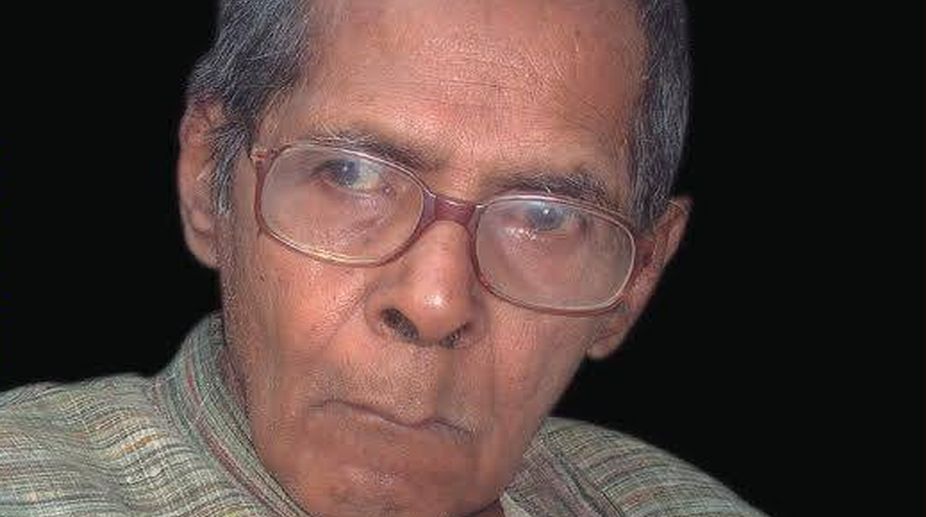An unsung hero of Bengali poetry
Binoy Majumdar was a part of those angry young poets, who wanted to bring a change through words and verses.

Binoy Majumdar (Photo: Facebook)
With a head for sums, he studied at Presidency College and from it went on to study at Bengal Engineering College, Shibpore, when a corporate career beckoned Binoy Majumdar.
Calcutta was the hub of engineering industry then and he could have a job to his liking. But he chose to walk down a road less travelled.
Majumdar turned to poetry, after translating a number of science texts from the Russian to Bengali. When he took to penning poetry, the scientific training of systematic observation and enquiry of objects found a place, quite naturally, in his works.
Advertisement
His first book of verse was Nakshatrer Aloy (in the light of the stars). However, Majumdar’s most famous piece of work to date is Phire Esho, Chaka (Come back, O Wheel, 1960), which was written in the format of a diary.
He has often been regarded by critics as a true successor of Jibanananda Das, the poet who revolutionized Bengali poetry in the post-Tagore era. Like Jibanananda, Binoy drew his material from bountiful nature, fields and the jungles and the rivers and the fauna ofBengal.
But Binoy’s originality lay in his attempt to relate the various elements of nature to one another through objective logic and scientific enquiry. In this respect, some critics refer to the genre of his work as scientific field journal.
Binoy Majumdar was bold and revolutionary in the depiction of sexuality, using vivid imagery which were sensually potent.
Binoy was one of the original participants in the Hungry generation literary movement spearheaded by Shakti Chattopadhyay, Samir Roychoudhury and Malay Roy Choudhury.
Binoy has always been somewhat obscure among readers of Bengali poetry. He was quite ahead of his time in breaking norms of contemporary literature. Some of his poems are difficult to decipher at the first go, and require multiple readings.
His writings are unconventional because they often appear as neutral scientific reportage, and not poetry in its usual romanticized self.
In this, Binoy readers can perhaps trace back his background as a mathematician. Binoy builds up all his imagery, nuances, lyricism, and poetic discovery on the skeleton of scientific reasoning and factual observations. His articles in different journals have opened a new window for assessment of Binoy. Now revaluation has started.
And to keep up with the process, Kabitirtha, a little magazine has brought out a special issue on this unsung poet.
Poetry lovers and researchers ought to go through it to get a measure of the man and his works.
The 568-page tome is a paean to the poet’s resolve not to genuflect before the powers that be.
If the price for it was obscurity for the poetry and privation for the poet, he did not mind.
Advertisement